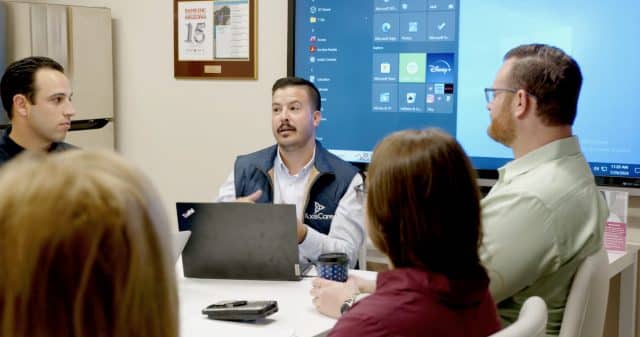Electronic Visit Verification (EVV)
EVV is a system that verifies key information about the services provided during a home care visit. This typically includes:
- Type of service performed
- Individual receiving the service
- Date of the service
- Location of service delivery
- Individual providing the service
- Time the service begins and ends
EVV technology is used to verify that home or community-based service visits occur. The purpose of EVV is to ensure that services are delivered to people needing those services and that providers only bill for services rendered. EVV software typically verifies visit information through a mobile application on a smartphone or tablet, a toll-free telephone number, or a web-based portal.
Why is EVV Important?
EVV offers several benefits:
- Accuracy: EVV ensures accurate and reliable data collection, reducing the chance of errors.
- Compliance: Many regions require EVV for Medicaid-funded services. Using an EVV system helps agencies comply with these regulations.
- Efficiency: EVV can streamline administrative tasks like billing and scheduling, saving time and reducing overhead costs.
- Quality Control: By tracking when and where services are delivered, EVV helps agencies monitor the quality of care.
EVV requirements were put into action by the 21st Century Cures Act in 2016. Each state is able to decide which model they will use to implement EVV:
- Provider Choice Model: In provider choice, the state does not become involved in each provider’s vendor selection.
- MCO Choice Model: In this model, the state allows each Managed Care Organization to decide which vendor it will accept.
- State Choice Model: The state Medicaid authority selects one or two approved vendors.
- Open Vendor Model: This is a hybrid solution. The state selects a single vendor while allowing providers and MCOs to continue using their existing EVV software systems.
You can read about the importance of EVV in our blog post.
How Does EVV Work?
While specific features can vary, most EVV systems work in a similar way:
- Check-In: The caregiver checks in on their mobile device or a home-based device when they arrive at the client’s home.
- Service Delivery: The caregiver provides the planned services.
- Check-Out: The caregiver checks out on their device when they leave, noting any changes or incidents.
- Verification: The EVV system verifies the visit details against the scheduled services.
- Reporting: The system generates reports for billing, payroll, and other administrative tasks.
Download our white paper Understanding EVV: The How, When, & Why of Electronic Visit Verification for more information.
Choosing an EVV System
When choosing an EVV system, consider:
- Ease of Use: The system should be easy for caregivers and administrators to use.
- Integration: The system should integrate with your existing scheduling and billing software.
- Compliance: Ensure the system meets all regional and payer-specific requirements for EVV.
- Support: Look for a provider that offers strong customer support.
Remember, implementing an effective EVV system can take time and training. But with careful planning and selection, it can greatly enhance your agency’s operations and quality of care.







